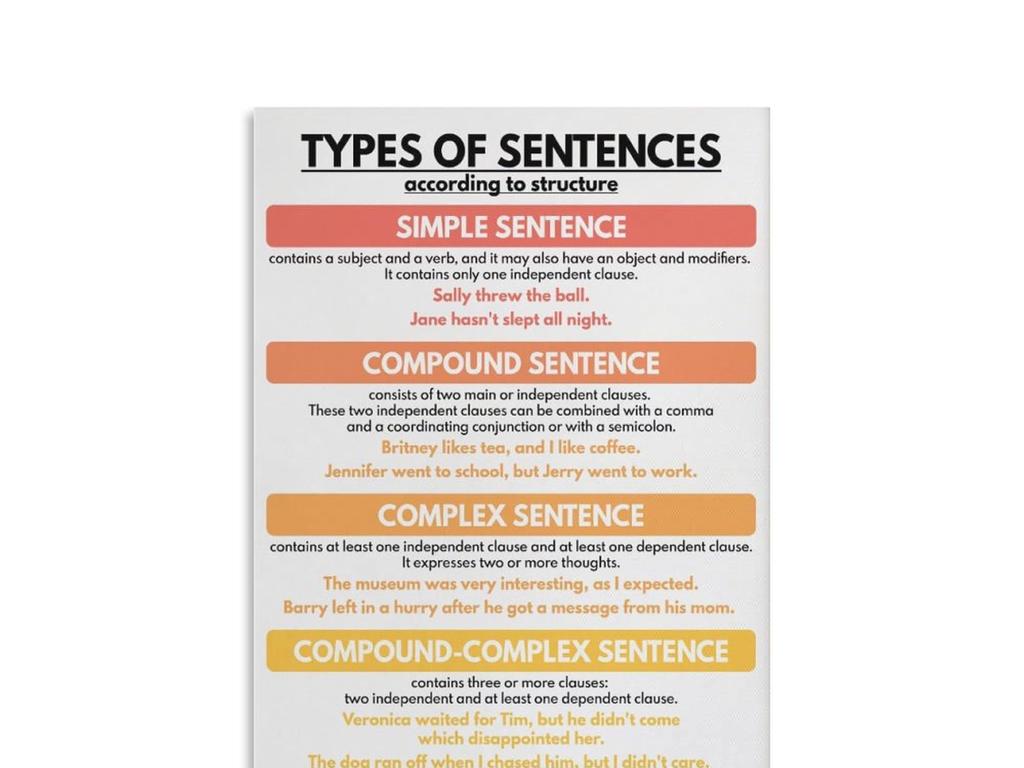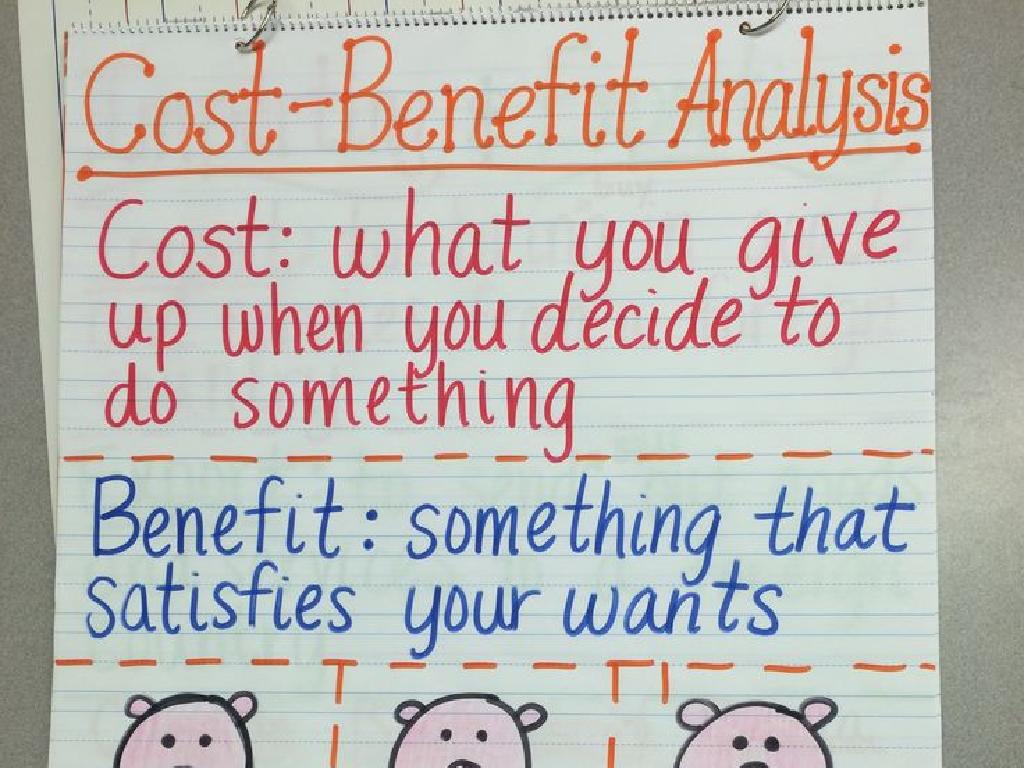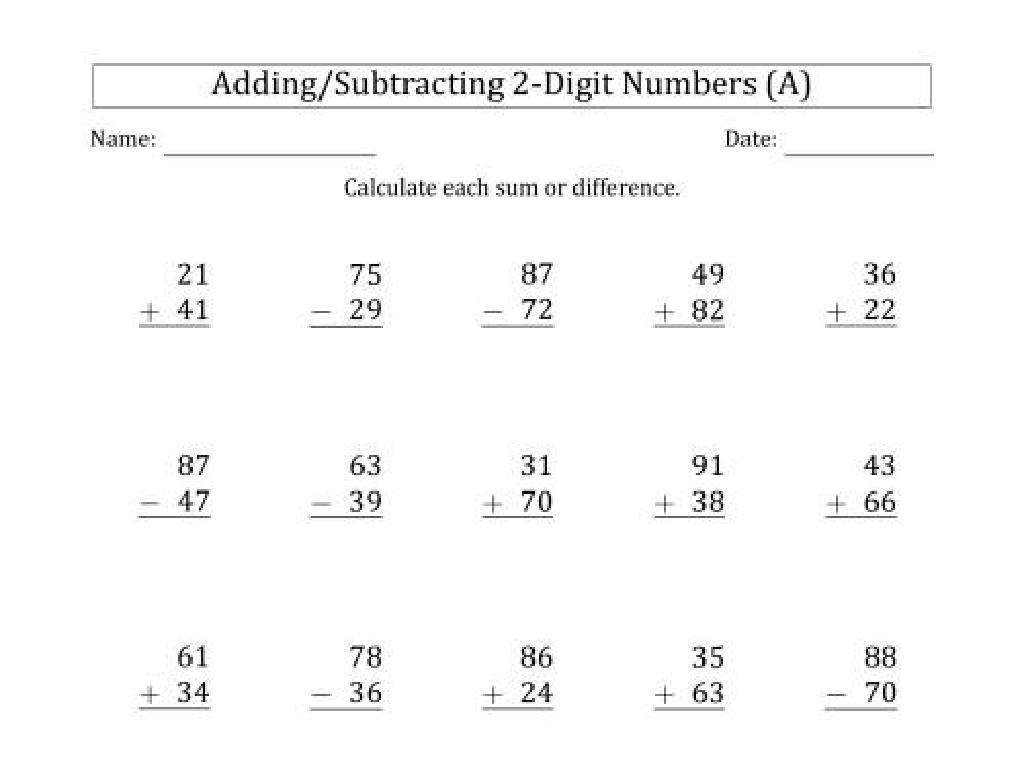Antebellum Period: Slavery And Politics Part I
Subject: Social studies
Grade: Fourth grade
Topic: Early 19Th Century American History
Please LOG IN to download the presentation. Access is available to registered users only.
View More Content
Exploring the Antebellum Period
– What is the Antebellum Period?
– A time in history before the Civil War, known for big changes in the US.
– Time before the Civil War
– This period led to the Civil War, a big fight about freedom and rights.
– Focus on Slavery and Politics
– We’ll learn how slavery and government decisions were linked.
– Goals for today’s lesson
|
The Antebellum Period is a significant era in American history that took place before the Civil War. It’s known for its cultural, economic, and political changes, including the rise of the abolition movement and the intensification of the debate over slavery. Today’s lesson will focus on understanding how slavery was an integral part of the politics during this time. We will explore the conditions of slavery and how political decisions affected the lives of many people. The goal is to help students grasp the complexities of this period and recognize the factors that led to the Civil War. Encourage students to think critically about the moral and ethical issues of the time.
Understanding the Antebellum Period
– ‘Antebellum’ means before the Civil War
– Antebellum Period: 1820-1860, before the Civil War in America
– A time of big changes in the US
– North and South were very different
– The North had factories and the South had plantations
– Economic & cultural contrasts
– The North focused on industry, while the South relied on agriculture and slavery
|
The Antebellum Period is a critical era in American history, spanning the decades before the Civil War. It’s a term used to describe the time between 1820 and 1860. This period was marked by significant transformations in the United States, with industrialization taking root in the North, leading to the growth of cities and factories. In contrast, the South remained largely agricultural, with an economy heavily dependent on slavery. Understanding the economic and cultural differences between the North and South during this time is essential for grasping the tensions that led to the Civil War. Encourage students to think about how life in their own region might have looked during this period and consider the impacts of these differences on the country’s development.
Life in the Antebellum South
– Agriculture shaped the South
– Farms and plantations were the center of Southern life, growing crops like tobacco and cotton.
– Plantation daily routines
– Enslaved people worked from sunrise to sunset; plantation owners managed the land and crops.
– Cotton’s role in the economy
– Cotton became the most important crop, called ‘King Cotton’, and was sold to other places.
– The cotton gin’s impact
– Eli Whitney’s cotton gin made cleaning cotton faster, increasing demand for land and enslaved labor.
|
This slide aims to give students a glimpse into the Antebellum South’s reliance on agriculture, particularly the plantation system. Emphasize the vastness of plantations and the hard work required to maintain them, including the harsh realities of enslaved people’s lives. Highlight cotton’s significance in the South’s economy and how the cotton gin, invented by Eli Whitney in 1793, revolutionized cotton processing. This invention inadvertently increased the demand for slave labor, as it became easier to produce more cotton. Encourage students to reflect on how these factors shaped the social and political landscape of the time.
Understanding Slavery in the Antebellum Period
– Definition of slavery
– Slavery was the forced labor and treatment of people as property.
– Daily life of enslaved people
– Enslaved individuals worked long hours, had little freedom, and faced harsh conditions.
– Effects on families and culture
– Families were often separated, and cultural heritage was difficult to maintain.
– Slavery’s role in politics
– Slavery deeply influenced political decisions and conflicts.
|
This slide aims to educate fourth-grade students on the harsh realities of slavery during the Antebellum Period. Begin by explaining slavery as a system where people were treated as property and forced to work without rights. Discuss the daily struggles of enslaved people, including hard labor and lack of freedom. Highlight the emotional impact of slavery, such as the separation of families and the challenge of preserving cultural identity. Lastly, touch on how slavery was a contentious issue that affected political stances and led to significant historical events. Encourage empathy and understanding, and prepare to address any sensitive questions from the students.
Slavery Across the States: Antebellum Period
– Slave vs. free states
– Slave states allowed slavery, free states did not.
– The Missouri Compromise
– In 1820, Missouri Compromise was a deal to keep balance between slave and free states.
– States’ rights and division
– Disagreements on whether states or federal government had more power.
– Impact on the nation
|
This slide aims to introduce students to the complex issues of slavery during the Antebellum Period, focusing on the differences between slave and free states, and the political compromises and tensions that arose as a result. The Missouri Compromise was a significant event that attempted to maintain a balance of power in Congress. It’s important to discuss how these events contributed to the growing division between the North and South, setting the stage for the Civil War. Use maps to show the division of states and discuss how the Compromise affected the admission of new states. Encourage students to think about how these historical decisions still impact the United States today.
Politics of the Antebellum Era
– Influential leaders and slavery views
– Leaders like Lincoln opposed slavery, while others supported it.
– Abolitionism emergence
– Abolitionism was a movement to end slavery.
– Important laws and events
– Laws like the Missouri Compromise affected the spread of slavery.
– Road to the Civil War
– These events built tensions that led to the Civil War.
|
This slide aims to introduce students to the complex political landscape of the Antebellum Period, focusing on differing views on slavery, the rise of the abolitionist movement, and the key legislative and political milestones that set the stage for the Civil War. Discuss how influential politicians like Abraham Lincoln and others played a role in the national debate over slavery. Explain abolitionism as the effort to end slavery and highlight its growing influence during this era. Review significant laws such as the Missouri Compromise and the Compromise of 1850, and explain how these events contributed to the rising tensions between the North and South. The goal is to help students understand the political factors that led to the Civil War and the role of slavery in that conflict.
Role-Play Debate: Abolitionists vs. Plantation Owners
– Divide into abolitionists and owners
– Prepare arguments for/against slavery
– Present your group’s viewpoint
– Respect all views and feelings
Remember, this is a role-play to understand history, not to hurt anyone’s feelings.
|
This class activity is designed to help students understand the complex issues surrounding slavery during the Antebellum Period through a role-play debate. By dividing the class into abolitionists and plantation owners, students will engage with historical perspectives and develop critical thinking skills. It’s crucial to establish ground rules for respectful discourse and remind students that the purpose is educational. Provide guidance on how to research and formulate arguments, ensuring a balanced and informative debate. Possible activities for different students could include: writing a persuasive speech, creating a poster with key points, or composing a dialogue between characters with opposing views. The goal is to foster empathy and a deeper understanding of the era’s social and political dynamics.
Reflecting on the Antebellum Period
– Importance of learning history
– Understanding history helps us learn about our country’s past and the origins of issues today.
– Children’s lives in the past
– Imagine being a child in the 1800s: What challenges did they face? How different was their daily life?
– Lessons for a better future
– History teaches us valuable lessons that can help us create a more fair and just society.
|
This slide aims to encourage students to think critically about the Antebellum Period and its relevance to today. Discuss why learning about history is crucial for understanding the present and shaping the future. Encourage empathy by asking students to consider the experiences of children their age during that era. Highlight the importance of learning from the past to avoid repeating mistakes and to promote positive change. Facilitate a discussion where students can express their thoughts and feelings about the period and draw connections to their own lives.
Homework: A Child’s Diary in the Antebellum Period
– Write a diary as a child from 1800s
– Describe your daily life back then
– Include chores, schooling, and family interactions
– Express feelings and future hopes
– Were you hopeful, scared, or excited for what’s to come?
– Use creativity and empathy
– Imagine living in that era and the dreams you might have had
|
This assignment encourages students to step into the shoes of a child during the Antebellum Period, fostering empathy and a deeper understanding of the era. They should consider the historical context, including the role of slavery and politics, and how it might affect a child’s life. Encourage them to think about the emotions and daily activities of a child at that time. This creative exercise will help them connect emotionally with the period and develop their writing skills. Provide examples of diary entries to guide them, and remind them to be respectful and thoughtful in their portrayal of this sensitive time in history.






